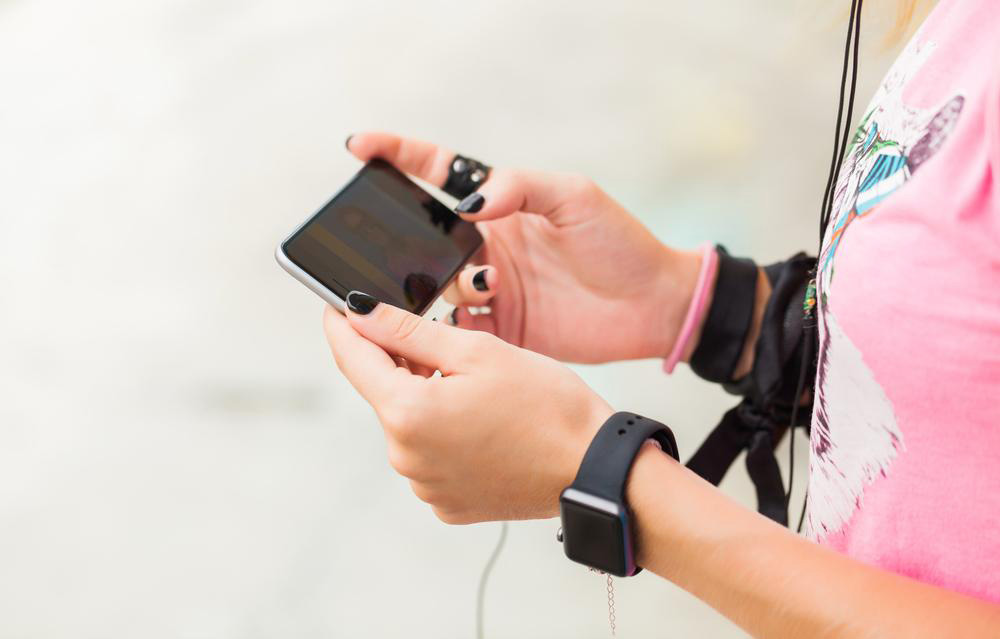Samsung Galaxy S3 vs. S7: Comprehensive Comparison of Design, Performance, and Features
This article offers an in-depth comparison of the Samsung Galaxy S3 and Galaxy S7, highlighting key differences in design, display, hardware, camera, and features. It showcases how Samsung’s flagship smartphones have evolved over four years, emphasizing technological innovations and improvements. Perfect for tech enthusiasts and consumers considering upgrades, the analysis details the significant advancements that make the Galaxy S7 a superior device while providing insights into the legacy of the Galaxy lineup.

In-Depth Comparison of the Samsung Galaxy S3 and Galaxy S7
When examining the evolution of Samsung’s flagship smartphones, the comparison between the Galaxy S3 and Galaxy S7 offers an insightful glimpse into technological advancements over several years. The Galaxy S3, launched in 2012, marked Samsung’s rise in the smartphone market with its innovative design and features for its time. The Galaxy S7, introduced in 2016, built upon that legacy with substantial upgrades in design, hardware, and functionality. This detailed comparison explores each aspect of these devices, from aesthetics to technical specifications, providing valuable insights for enthusiasts and potential buyers.
Design and Build Quality
The Galaxy S3 features a design that was considered modern when released, with a plastic body available in white and blue. It weighed approximately 133 grams, making it a lightweight and portable device. The phone's dimensions and build emphasized ease of use and affordability, with a relatively thick profile compared to modern standards. Conversely, the Galaxy S7 presents a more refined aesthetic, with a sleek, slim profile that is 8% thinner than its predecessor, thanks to advanced manufacturing techniques. Its body incorporates Gorilla Glass on the front and back, giving it a premium feel and enhanced durability. Available in sophisticated colors such as silver, gold, and black, the S7 weighs around 152 grams, offering a balance between solid build and comfort. Significantly, the S7's design improvements include water and dust resistance rated at IP68, allowing it to withstand immersion in water for up to 30 minutes, and protection against dirt and debris. This feature represents a major step forward, especially for users seeking ruggedness and durability in their smartphones.
Display Technology and Size
Display quality and size are crucial aspects distinguishing these two models. The Galaxy S3 features a 4.8-inch TFT LCD display with a resolution of 720x1280 pixels, ensuring vibrant visuals suited for media consumption at the time. Its relatively compact size caters to single-handed use. In contrast, the Galaxy S7 boasts a larger 5.1-inch Super AMOLED display with a higher resolution of 1440x2560 pixels (Quad HD). The S7's display offers richer colors, deeper blacks, and better overall viewing angles — characteristics inherent to AMOLED technology. The increased screen-to-body ratio enhances user experience, making media playback, gaming, and browsing more immersive. Additionally, the S7 utilizes Corning Gorilla Glass for added toughness and scratch resistance, reinforcing its premium build.
Operating System and User Interface
Software is a key differentiator between these devices. The Galaxy S3 originally ran on Android Ice Cream Sandwich (Android 4.0), and while it received updates, it lacked Samsung's later layered UI features. The S7, on the other hand, launched with Android Marshmallow (Android 6.0) and features Samsung’s TouchWiz UI, which has been significantly refined for improved user experience. The newer OS version introduces enhanced multitasking, better security features, and smoother interface animations. Over the years, the S7’s software can be upgraded to newer Android versions, ensuring longer usability and access to latest features and security patches. This distinction highlights the evolution of operating systems, from basic interfaces to highly optimized and feature-rich environments.
Performance and Hardware Specifications
Performance capabilities vastly differ, reflecting technological progress. The Galaxy S3 features a quad-core Cortex-A9 processor clocked at 1.4 GHz, coupled with 1GB of RAM. Its hardware was adequate for basic tasks and early smartphone applications but limited by today's standards. The Galaxy S7, by contrast, is equipped with an octa-core Snapdragon 820 (or Exynos 8890 in some regions), paired with 4GB of RAM. This configuration ensures superior multitasking, faster app launches, and effortless handling of graphically intensive games. Storage options also differ significantly; the S3 offers 16/32/64GB internal storage with microSD card expansion up to 64GB, while the S7 provides options starting from 32GB up to 64GB, expandable via microSD cards up to 2TB—far surpassing the capacity of the older model. These hardware enhancements make the S7 capable of supporting high-resolution videos, complex applications, and future software updates comfortably.
Camera Capabilities
Camera technology shows marked improvements. The Galaxy S3 features an 8-megapixel rear camera with LED flash and a 1.9-megapixel front camera, suitable for basic photography needs. The S7 significantly upgrades this with a 12-megapixel rear sensor that includes phase detection autofocus and optical image stabilization, producing clearer images with better color accuracy. Its front camera has a 5-megapixel sensor, striking a balance between selfie quality and device performance. The advanced camera features of the S7 enable high-quality photo and video capture, including 4K video recording, which was not possible with the S3.
Connectivity and Additional Features
The Galaxy S3 offers connectivity options like Bluetooth v4.0, Wi-Fi 802.11n, NFC, and 3G/4G LTE networks. Its non-removable battery capacity is 2100mAh, sufficient for daily usage during its time but limited by modern standards. The Galaxy S7 introduces advanced connectivity, including Bluetooth v4.2, Wi-Fi 802.11ac, NFC, and support for faster LTE categories. A major hardware upgrade is the inclusion of a fingerprint scanner, integrated into the home button, providing enhanced security. The S7 also includes sensors like a barometer and heart-rate monitor, catering to health-aware users and fitness applications. Notably, the S7 omits the FM radio, which was present in some models of the S3, reflecting shifts in user preferences and technological trends.
Battery Life and Charging
The Galaxy S3’s battery capacity of 2100mAh provided reasonable endurance for its time, but heavy users might have experienced frequent recharging. The Galaxy S7 features a 3000mAh battery designed for longer usage and supports fast charging via USB-C. Wireless charging is also compatible, offering convenience for users. These improvements allow the S7 to last through a full day of intensive use, including media, gaming, and connectivity features, which demonstrates significant progress over the S3’s capabilities.
Conclusion and Overall Impression
Despite being released four years apart, the Galaxy S7 embodies significant technological advancements over the Galaxy S3. From its sleek, durable design and vibrant display to powerful hardware and enhanced camera systems, the S7 represents a comprehensive upgrade. This comparison highlights how far smartphone technology has come, emphasizing gradual improvements in both form and function, tailored to meet increased user demands. Whether you own an S3 looking to upgrade or are curious about the evolution of Samsung’s flagship devices, understanding these differences offers valuable insights into the progression of mobile technology and design excellence.
This detailed comparison between the Samsung Galaxy S3 and Galaxy S7 demonstrates the remarkable advancements in smartphone technology over four years. From design improvements to hardware performance and camera enhancements, the S7 provides a more durable, faster, and feature-rich experience. Ideal for consumers evaluating older devices or planning future upgrades, this comprehensive analysis reflects the ongoing evolution of Samsung’s flagship smartphones and their impact on mobile technology trends.





